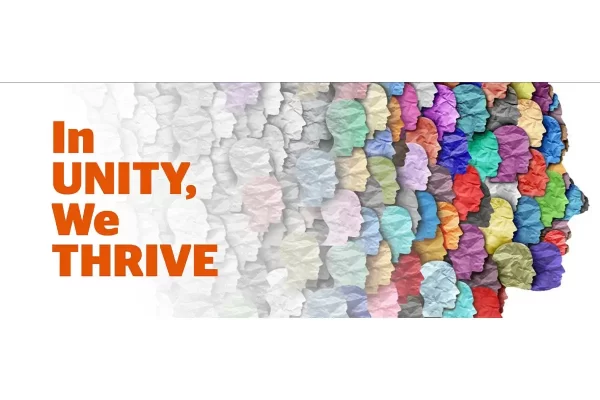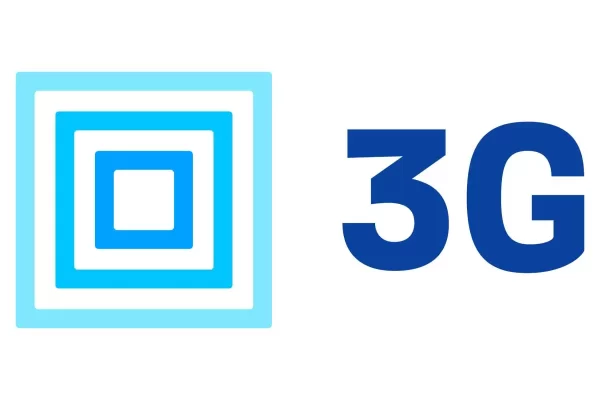By Chad McNeal, vice president of innovation, Dimension Design
As the economic downturn in the early 2000s caused brands to re-think their tradeshow and event strategy, a new era in large-scale exhibits was dawning. Chief marketing officers (CMOs) at these organizations wanted more out of their huge investments in these events. They wanted to move beyond structure, signage and demos. They envisioned an environment that nurtured client and prospect relationships; provided a memorable experience for guests; and created a competitive presence for the brand.
The creation of branded environments grew out of a movement within the practice of interior design in the 1990s that recognized that brand equity, or the perceived value in the identifying brand characteristics of an organization, could be applied to three-dimensional event environments.
Now, more than a decade later, designers and builders of environments have been challenged to go beyond “exhibit” and introduce innovative “experiential” influences that create an immersive experience for guests. CMOs want an environment that works on multiple levels to engage audiences and move them closer to the brand. They want guests, who may have traveled a long way, to have a memorable experience that influences them toward action. They want a branded entertainment destination.
Branded environments extend the experience
In architecture and interior design, branded environments extend the experience of an organization with distinguishing characteristics that are expressed in structure, visuals, sight, sound, smell and more. In many cases these are borrowed from other branded assets like showrooms, company office environments, retail stores and others. Progressive event executives use their space as a three-dimensional embodiment of the brand. They achieve this by curating their guests’ journey, applying thoughtful design and accessorizing the environment to help create a memorable experience.
Four dimensions of the experience
This article focuses on four areas of innovation that are important to the environment and the immersive experience CMOs are seeking:
- Structure – Lightweight, strong extrusions that can be accessorized as well as support grand scale graphics to create an impactful visual effect.
- Silicone Edge Graphics – Pioneered by Dimension Design to deliver visual impact and flexibility without the weight or cost of other substrates. Innovation in fabrics, layering techniques and production methods have become a driving force in today’s event industry.
- Lighting – Various options and how to best deploy them in an impactful way that allows designers to use lighting a standout ingredient in the environment.
- Technology – Whether it’s paperless lead capture and collateral distribution, LED projection, laser technology or virtual connectivity, event sponsors are using the latest technology to engage more directly and deliver a memorable experience—regardless of location.
Innovation in each of these areas has set the stage for the next generation of environments that go beyond any one physical aspect but combines elements to create an experience, brand engagement and calls to action.
Structure
Let’s start with structure because, typically, environments rely heavily on it to create the dimensionality sought by the brand. In years past, exhibit builders were limited as to what they could use for structure. Materials were very heavy and bulky and exhibits were built much like houses are built – using wood, paneling and even heavy structural steel. The downturn in the economy changed all of that. Costs of manufacturing, shipping and assembly challenged brand support organizations like Dimension Design to think of new and creative ideas – innovate, if you will – in new lightweight, strong yet flexible materials that could allow designers to still create custom environments and reduce expenses.
Over the last decade, Dimension Design’s focus has been on lightweight aluminum extrusions that can provide a grand scale format to deliver messages, moods and ambience without breaking the bank. Also, lightweight load bearing extrusions are pushing the envelope of form, packaging, weight and assembly to allow designers and event companies to offer more solutions for greater height and depth as well as ease of set up.
Fabric
Fabric has advanced considerably over the past 10 years and more sponsors are using it to create branded experiences because of its flexibility in form/structure, printing, lighting and effects. There are a number of options when it comes to tension fabric and each offers its own unique benefits. All have slightly different textures, weaves and stretch characteristics. The thing about fabric: There’s more there than meets the eye to create just the right environment.
Tension fabric falls into several categories. Solid fabrics are durable and cost effective and graphics really stand out on it. Absorption of newer aqueous- and soy-based inks is uniform and predictable. Its stretch characteristics offer a nearly unlimited amount of options to create the perfect fit within rounded or mitered frame. As well, they offer quality projection and lighting—back, internal, front. Sheer fabrics allow designers to expose more structure and use it as a design element or provide options for a softer ambiance.
Mesh fabrics add texture and can be used to create a softer look too. By its nature composite, light is less muted through mesh. Outdoors, meshes offer greater ventilation. Indoors, they provide a great solution for ceilings that create a level of intimacy within the environment. Mesh fabrics also make fire marshals smile because they don’t impede overhead sprinklers from doing their job if needed. Stretch fabrics can allow designers to create very interesting shapes within the environment for a different look and feel. And, metallic fabrics offer a more industrial look if a brand is seeking it.
When it comes to branded environments, fabric offers a lot of flexibility and creating. And they act as the foundation for other elements of the branded environment, such as lighting, projection and more.
Lighting
Lighting is probably the one element beyond graphics that allows the designer to have the greatest impact on how the branded experience comes across. Lighting is a blend of art and science. The way an environment is lit can make all the difference in the level of success an event achieves. Good lighting can set the atmosphere, highlight products and graphics, and enhance an organization’s image with guests.
There are many variables that come into play when setting up lights. Consider color, intensity, direction, size, distance, quality and quantity when planning how to light an environment. Promotional goals and space configuration also affect lighting decisions.
Lighting can complete the transformation of space into an amazing environment by:
- Creating the perfect mood;
- Changing the energy level for the agenda;
- Enhancing the company’s image; and
- Inspiring action from guests.
Advances in lighting are pushing designers to think in new ways – by combining and using them to complement one another. The combination of different kinds of lighting technology, such as LED, RGB, dimmable, washes and more, can provide just the right feeling or mood for any event.
Technology
One could argue that everything we’ve talked about here is technology. But, the fourth element, technology, is perhaps the most significant for what the future holds for branded environments.
Technology, used creatively and functionally, helps present a brand experience in more effective and impactful ways. Graphic projection, audio and sound, digital technologies like holographic displays, mobile apps like bumping to exchange business cards, and more can play dramatically into a design of a branded environment. There has even been some research and early applications for technology that affects the smell. Evidence the newer trend called “scent marketing” whereby a brand adopts a unique aroma that, when activated, drives another emotional connection with the brand.
When a designer takes advantage of a variety of technologies to provide a custom environment, branded experiences can exceed the CMO and target audience’s expectations. Experimenting with the latest advances in technology is important to effectively create branded environments.
Branded Experiences
The economic downturn in the early 2000s may have been a blessing in disguise for brands and event designers because it nudged them to push the envelope and start thinking about the brand experience rather than the physical plant. Today, more organizations know that attendees at exhibitions, conferences or even private settings must be approached with a branded experience in mind.
Think about the elements I’ve put before you when it comes to branded experiences. There are a lot of tools available. Used in the right way as complementing and enhancing each element can go a long way toward making your branded environment an experience attendees will never forget.
 As vice president of innovation at Dimension Design, Chad McNeal provides the creative energy and insight to help clients achieve new heights in custom environments for exhibit houses, event production companies and business brands. He has over 14 years of experience in the branded environments industry, including the last two years as head of innovation for the company – a newly created group charged with delivering new offerings and thinking to clients and the industry.
As vice president of innovation at Dimension Design, Chad McNeal provides the creative energy and insight to help clients achieve new heights in custom environments for exhibit houses, event production companies and business brands. He has over 14 years of experience in the branded environments industry, including the last two years as head of innovation for the company – a newly created group charged with delivering new offerings and thinking to clients and the industry.
Before coming to Dimension Design, he worked as a senior project manager for Studio Stitchers Exhibit Architecture. McNeal is a graduate of the Chicago GSB Management Institute (CMI) program at the University of Chicago, Graduate School of Business.





























